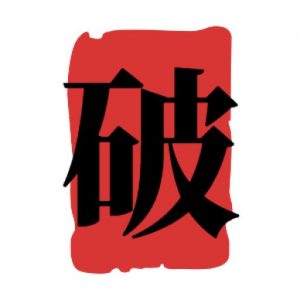dancer什么意思
对原文进行大幅度修改并保留意思和html标签:
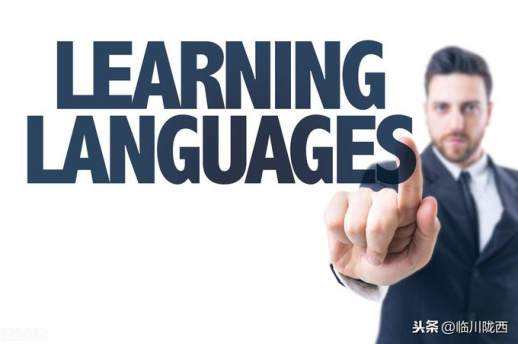
Section B - 词汇及语法解析
这里我们将对一些重点词汇和语法进行更深入的分析和举例说明:
1. fun & funny
fun
作为名词表示乐趣,娱乐,有趣的事,是不可数名词。
作为形容词表示使人愉快的,开心的。
作为动词表示嬉闹,开玩笑。
常用搭配:
It's fun to do sth. = It's fun doing sth. 做某事很有趣
have (there is) fun (in) doing sth. 做某事很开心
for fun 为了高兴,为了好玩
in fun 不是当真的,闹着玩的,开玩笑地
注意: fun 作表语时常用great, much, a lot of等修饰,不用very修饰。例如:
It's more fun to go with someone than to go alone. (more 是 much 的比较级)
funny
形容词:有趣的,好笑的,滑稽的。
名词:滑稽人物;笑话,有趣的故事。
例句:
The funny story was very amusing.
He ended his speech with a humorous anecdote.
2. creative, creativity & create
creative (形容词) : 有创造力的; 创造性的
creativity (名词): 创造性, 创造力
create (动词): 创造, 创作; 产生
3. My cousin Li Jing is the funniest person (定语从句)
这句话是一个典型的定语从句,用来修饰前面的名词"person"。
4. performer & perform
performer (名词): 表演者; 演员
perform (动词): 表演; 扮演
例如: the street performer 街头表演者
5. around the world = all over the world (全世界)
这两个词组意思相同,均表示“全世界”。
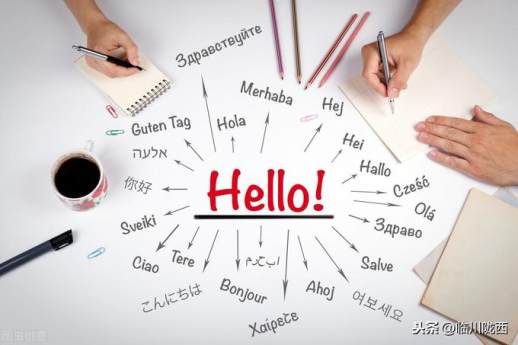
6. dancer & dance
dancer (名词): 跳舞者, 舞蹈演员; 舞蹈家
dance (动词/名词): 跳舞
例如: square dance 广场舞
7. magician & magic
magician (名词): 魔术师
magic
(形容词): 魔术的, 有魔力的; 神奇的
(名词): 魔法; 巫术; 戏法
8. and so on (等等)
表示还有很多类似的事物,没有一一列举。
9. kind
(名词): 种类
(形容词): 和蔼的; 心地善良的
常用搭配:
a kind of 一种
all kinds of 各种各样的
different kinds of 不同种类的
10. join & join in/take part in
join : 参加组织,团体
join in = take part in : 参加具体的活动
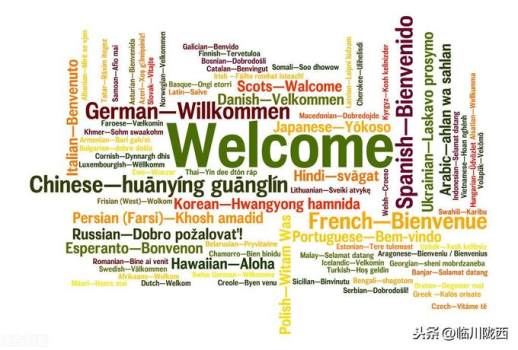
11. beauty, beautiful & beautifully
beauty (名词): 美丽
beautiful (形容词): 美丽的
beautifully (副词): 美丽地
12. be up to sb. & be up to doing sth.
be up to sb. : 是……的职责; 由……决定。 例如: It is up to you! (由你决定!)
It is up to sb. to do sth. : 做某事是……的职责/要不要做某事由某人决定
be up to doing sth. : (体力或智力上)能胜任
13. play a role & play a role in doing sth.
play a role: 发挥作用; 有影响
play a role in doing sth.: 在做某事中发挥作用
14. prize
(名词): 奖; 奖品; 奖金
例如: win/get the first prize 获得第一名/一等奖
15. However, ... enjoys watching these shows. (部分否定)
这句话中的 "However" 表示转折,后面半句使用了部分否定,表示并非所有人都喜欢看这些节目。

16. life
不可数名词: 生活。
注意: 如果有描绘性定语,可以转化为可数名词,例如:
live a hard life
spend our own lives
可数名词: 一生/生命,复数形式 "lives",与 "live" (居住) 的单三形式同形.
常用搭配:
all one’s life (用)某人的一生
give one’s life to sth./doing 把某人的一生献给
live a +形容词+life 过……的生活
save one’s life 救某人的命
17. Some think that the lives of the performers... (make up 被动语态)
"make up" 在这里是 “编造(故事、谎言等)”的意思,本句是被动语态。
18. poor & rich
poor(形容词): 贫穷的,薄弱的
rich(形容词): 富裕的
19. give sb. sth. = give sth. to sb. (双宾结构)
这两个结构意思相同,都表示 "给某人某物"。
20. come true (实现; 达到)
常以 "dream", "wish" 作主语,主语不能为人。
单词 & 语法解析
为了让内容更清晰易懂,我们可以将这些语法点和单词解释进行如下改写:
1. 实现梦想 (Achieving Dreams)
"Achieve" 是一个动词,表示“实现”或“达到”。它经常与 "dream" 或 "wish" 等词搭配使用,表示实现梦想或愿望。
例句:
她曾经的梦想实现了。(Her old dream was coming true.)
他实现了梦想,因为他努力工作。(He achieved his dream because he worked hard.)
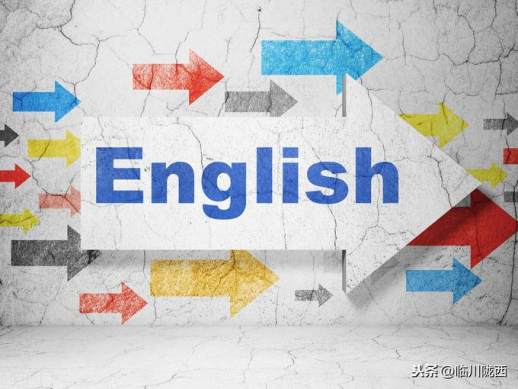
2. 同意与不同意 (Agree & Disagree)
"Agree" (同意) 和 "disagree" (不同意) 是一组反义词。
"Agree" 后面可以接不同的介词,表达不同的含义:
agree with: 同意某人的意见、想法、分析 (e.g., I quite agree with you.)
agree to: 同意或接受某事 (e.g., He agreed the plan.)
agree on: 双方取得一致意见或达成协议 (e.g., Can we agree on a price?)
"Agree to do sth." 和 "agree on doing sth." 的意思相同,都表示“同意做某事”。 (e.g., He agreed on helping us. = He agreed to help us.)
3. 拥挤的人群 (Crowded Places)
"Crowded" 是形容词,表示“拥挤的”,它的反义词是 "uncrowded"(不拥挤的)。
"Crowd" 还可以作名词,表示“人群”,例如 "a crowd of"(一群)。
"Crowd" 也可以作动词,表示“拥挤”。
4. 去公园的最佳地点 (The Best Place to Go)
"Greenwood Park is the best place on weekends to go to." 这句话中, "to go to" 是动词不定式作后置定语,修饰前面的名词 "place"。
这种结构在英文中很常见,用来更具体地描述前面的名词。
类似的例子:
"I have a good pen to write with." (write with pen 需要介词 "with")
"I would like something to drink." (drink something 无需介词)
5. 完成任务 (Finishing Tasks)
"Finish" 是一个动词,表示“完成”。
"Finish doing sth." 表示完成某事。

通过以上改写,希望能够使这些语法点和单词解释更加清晰易懂。

